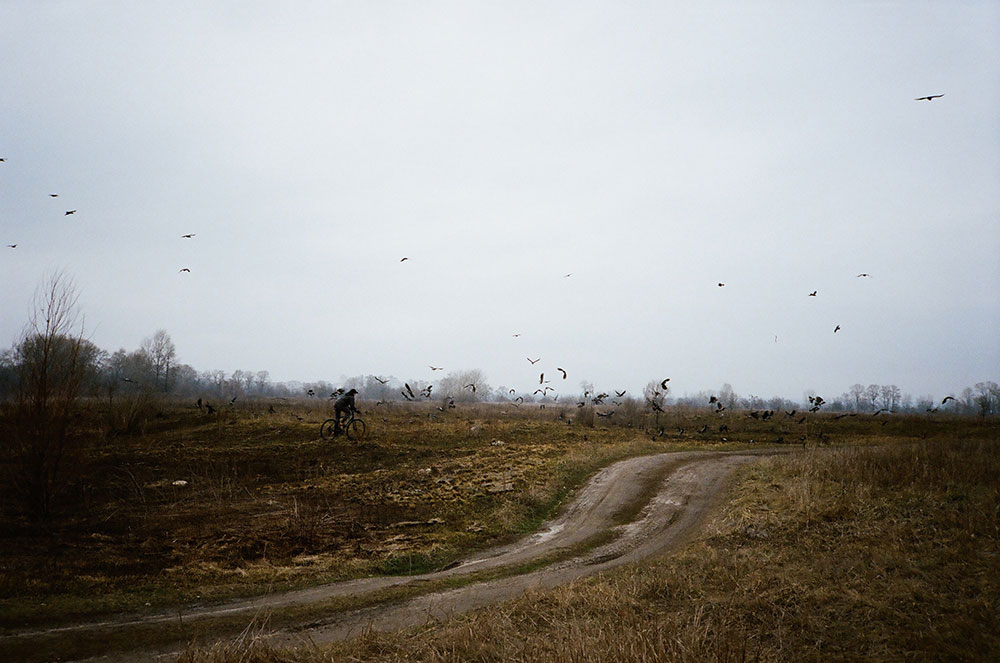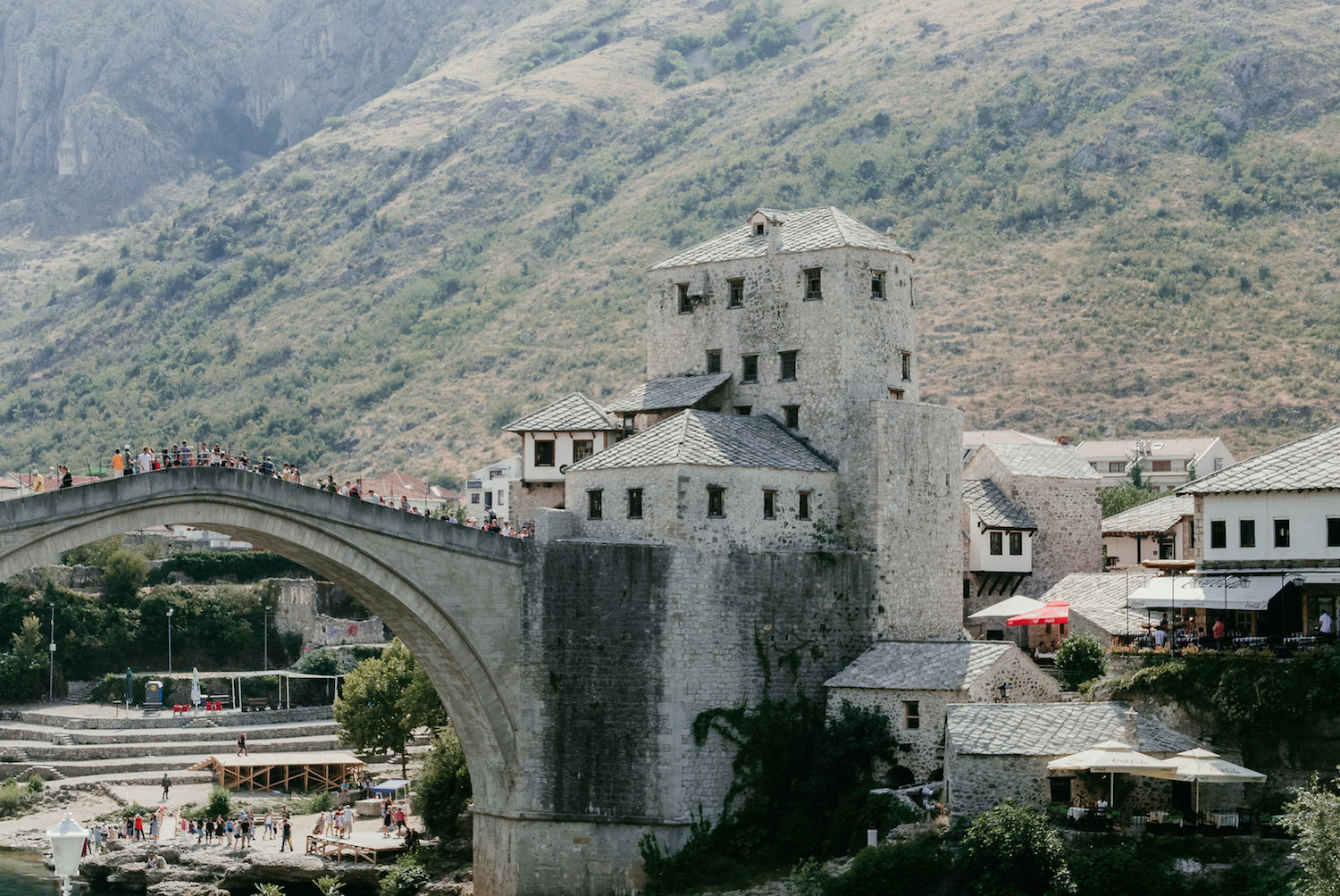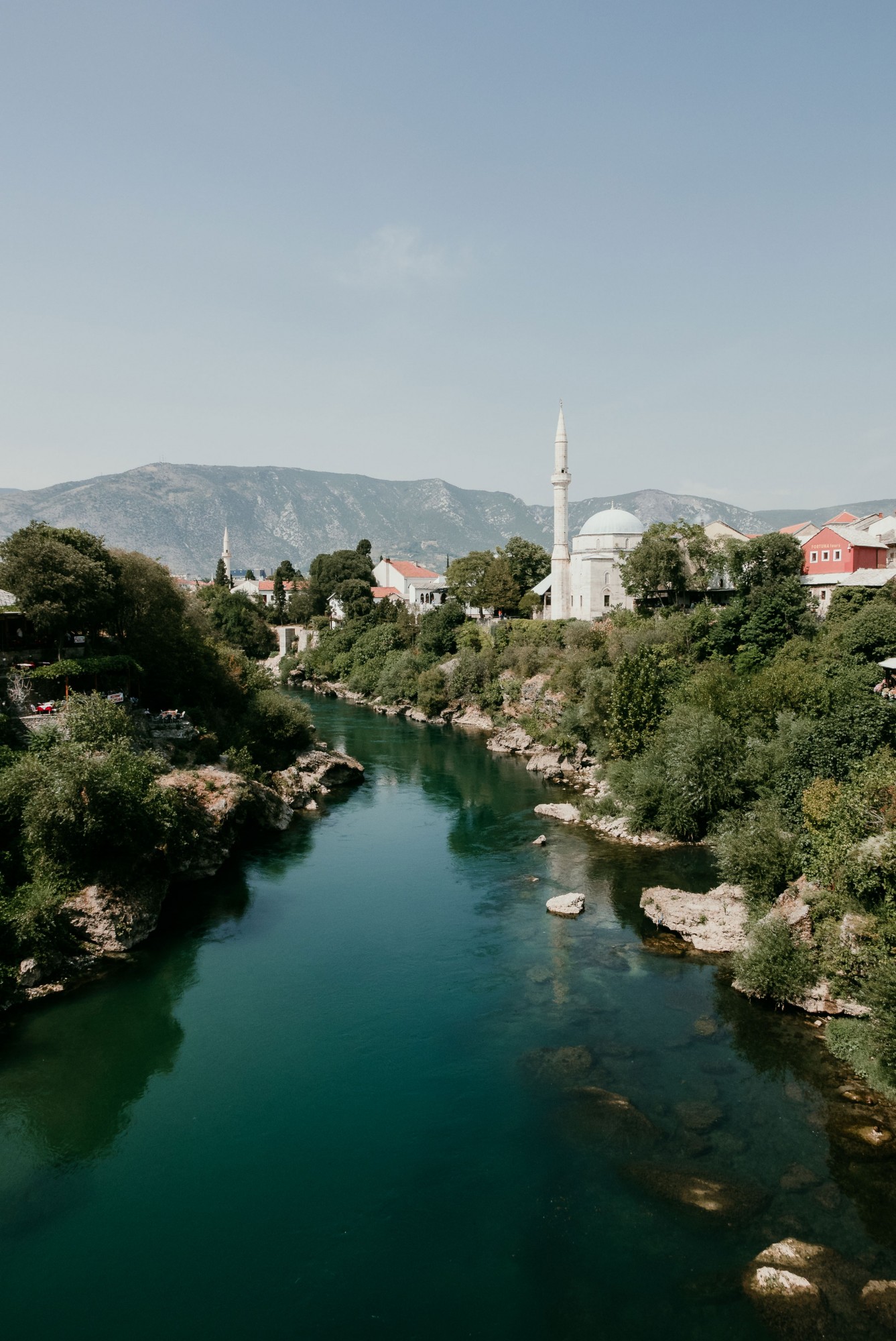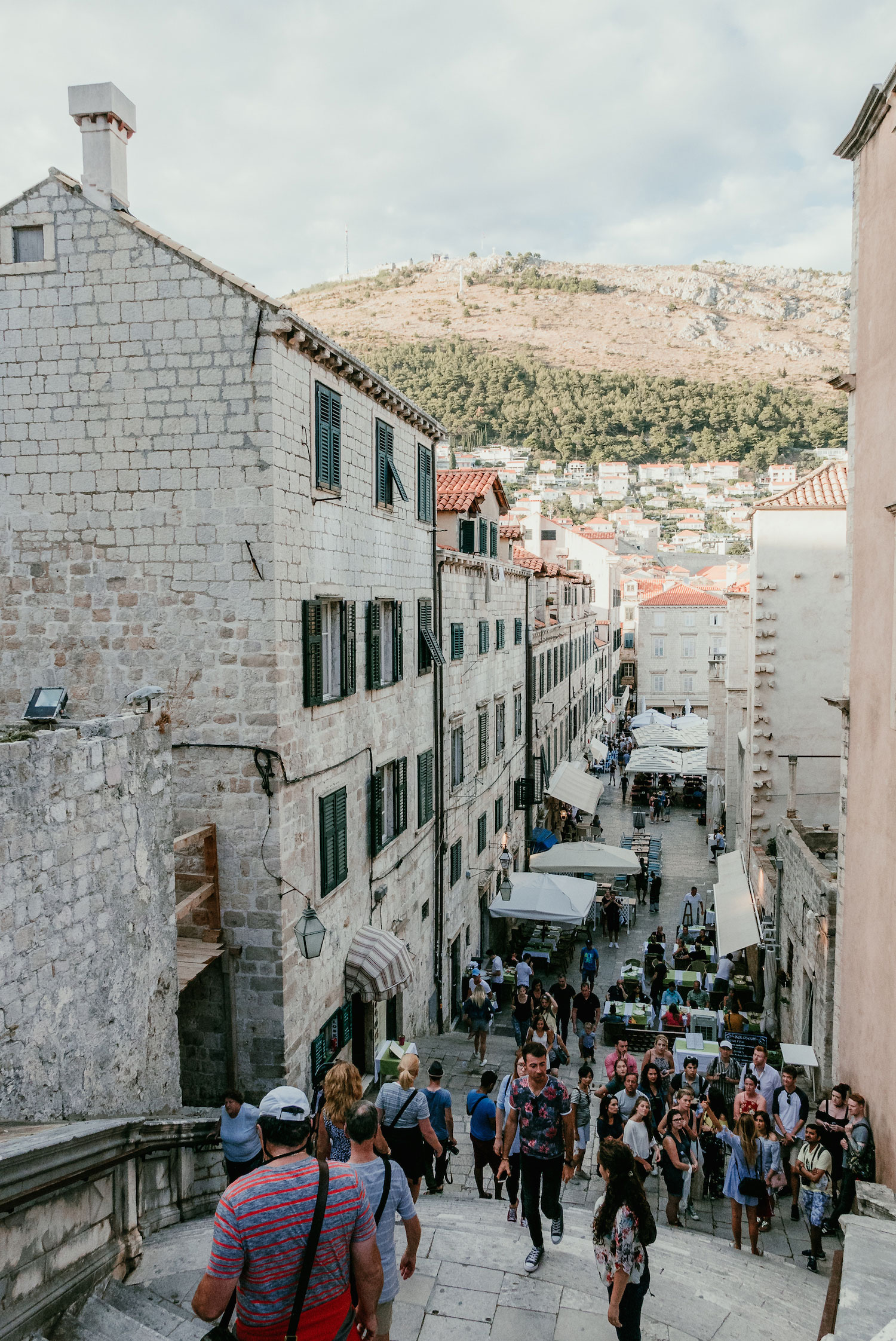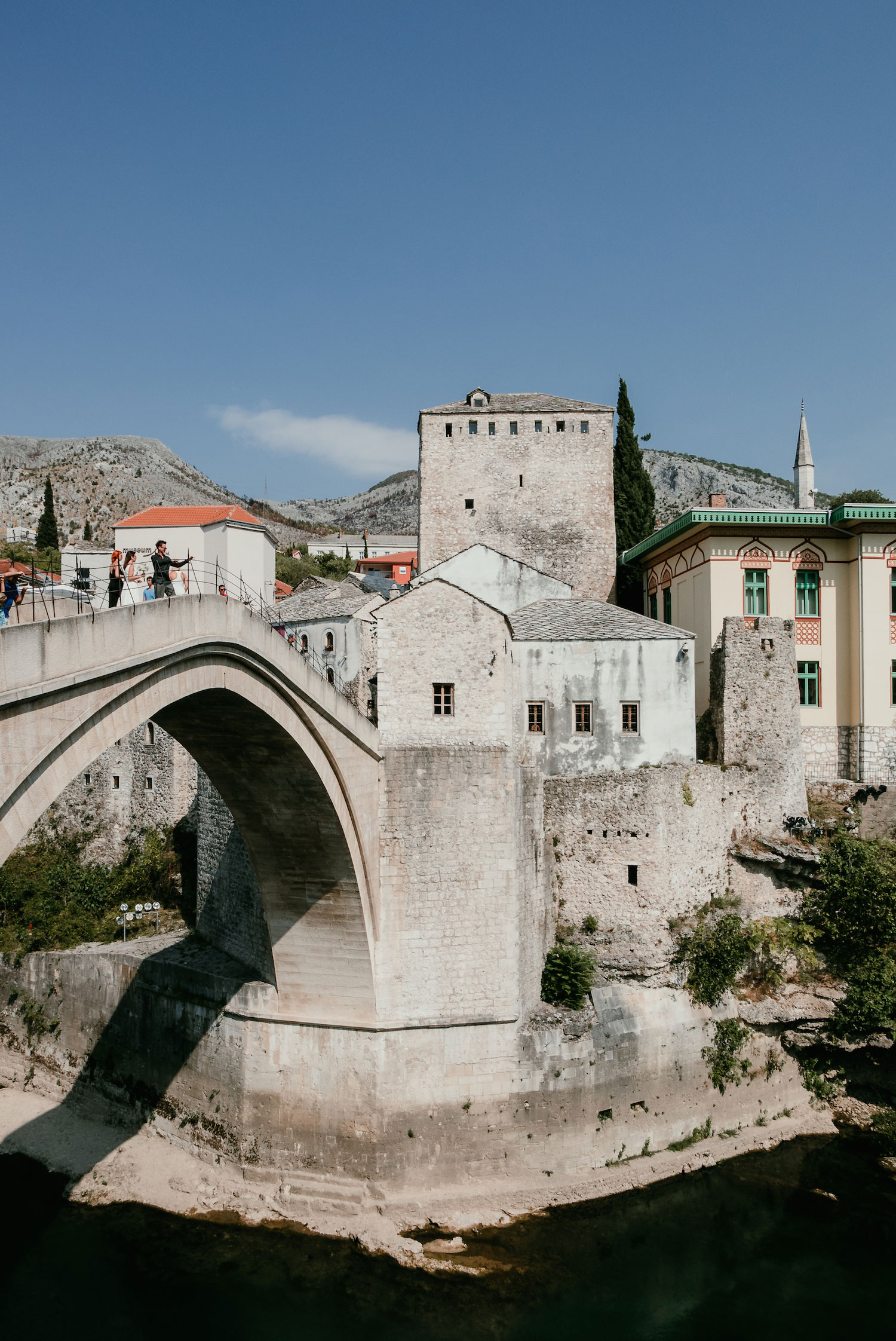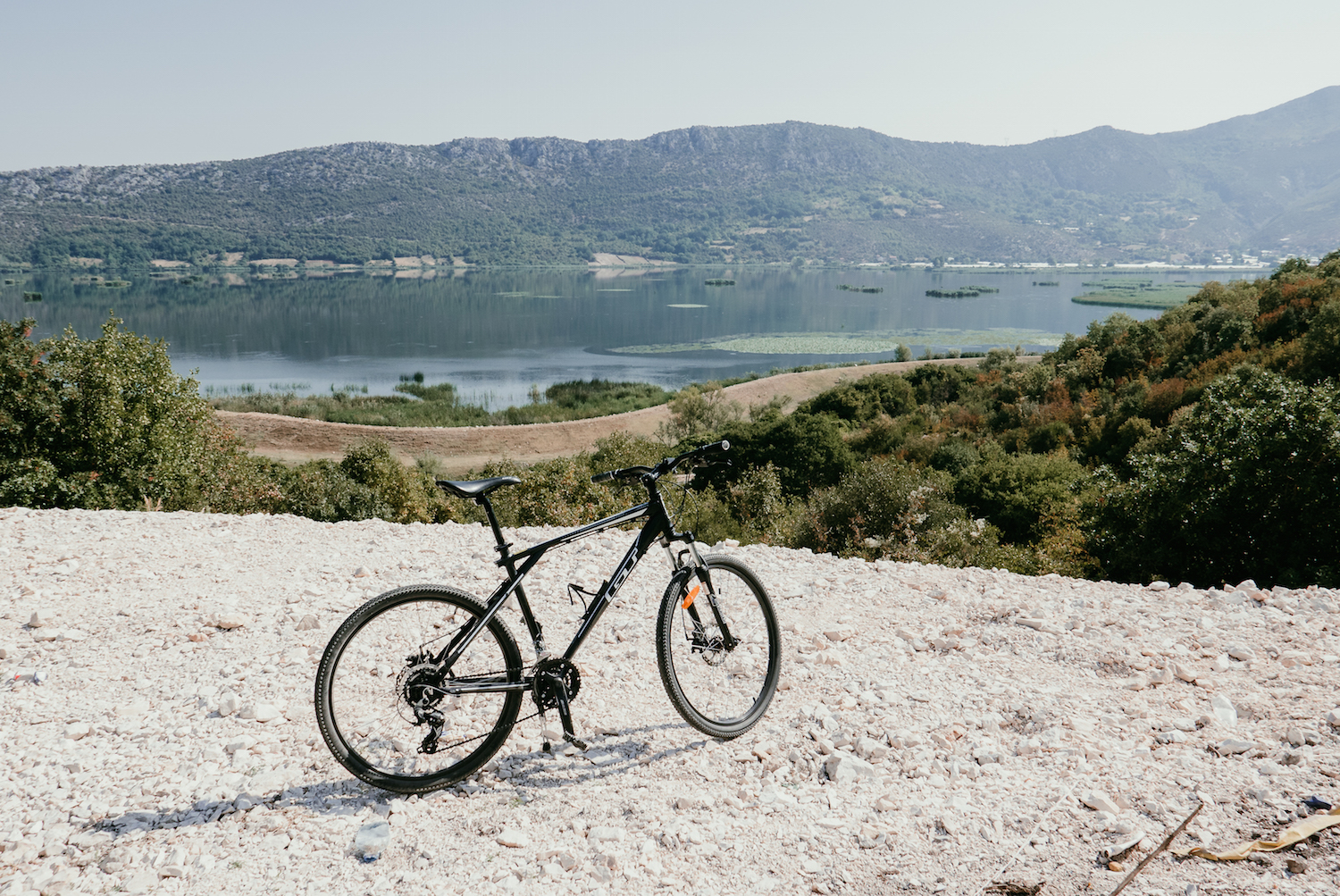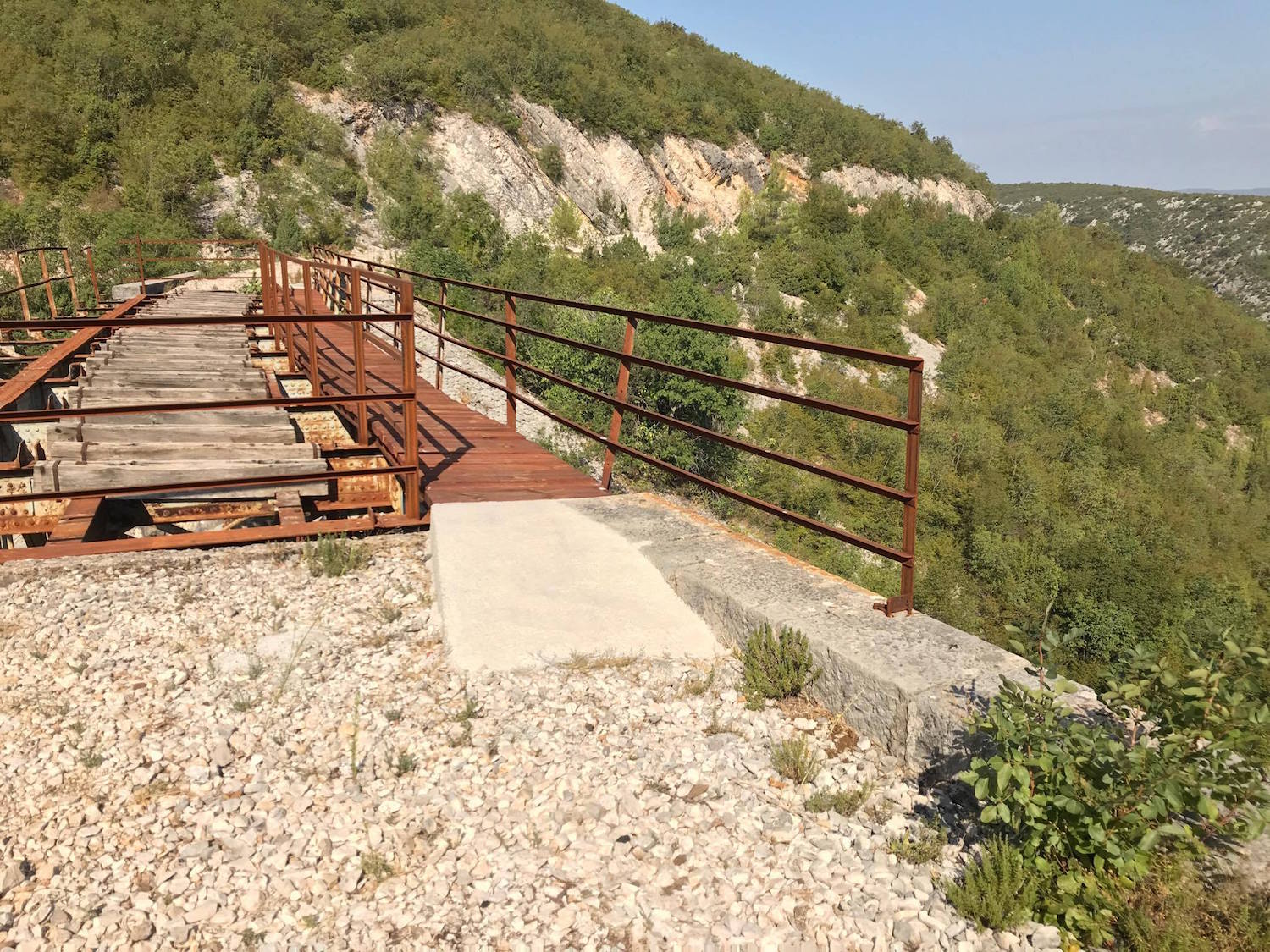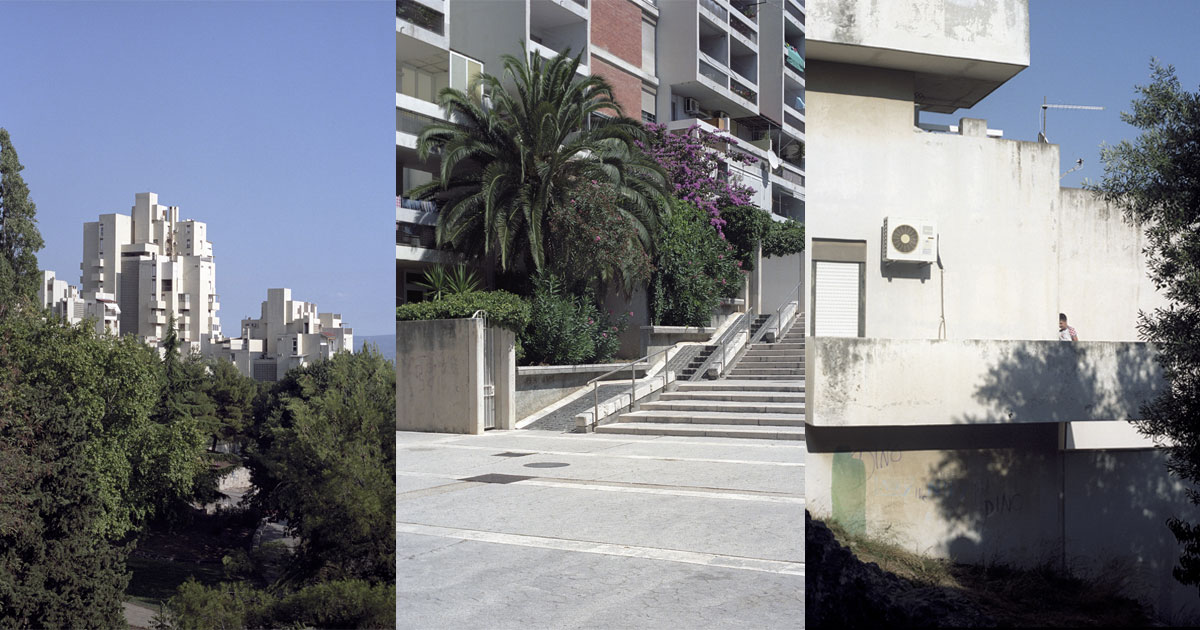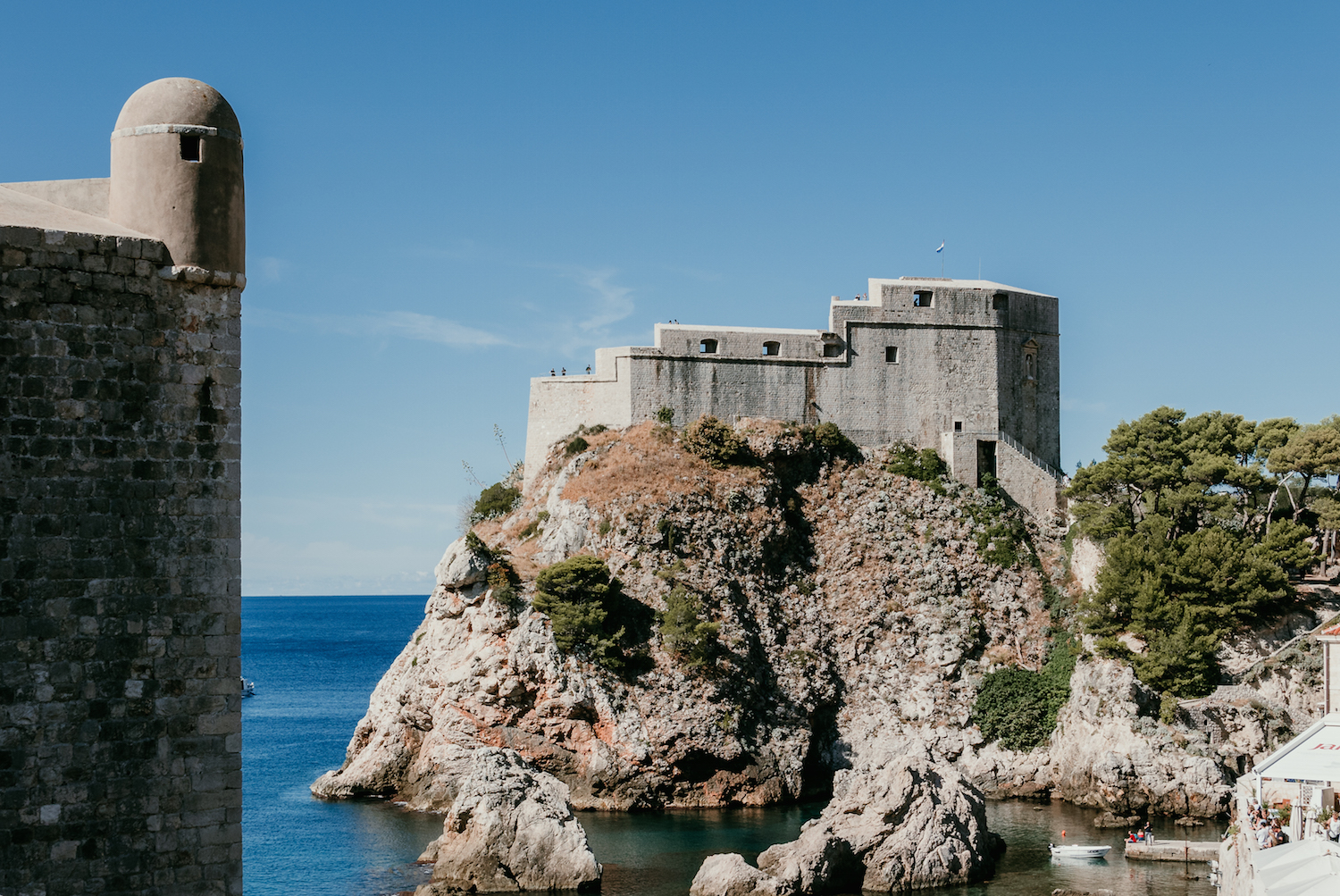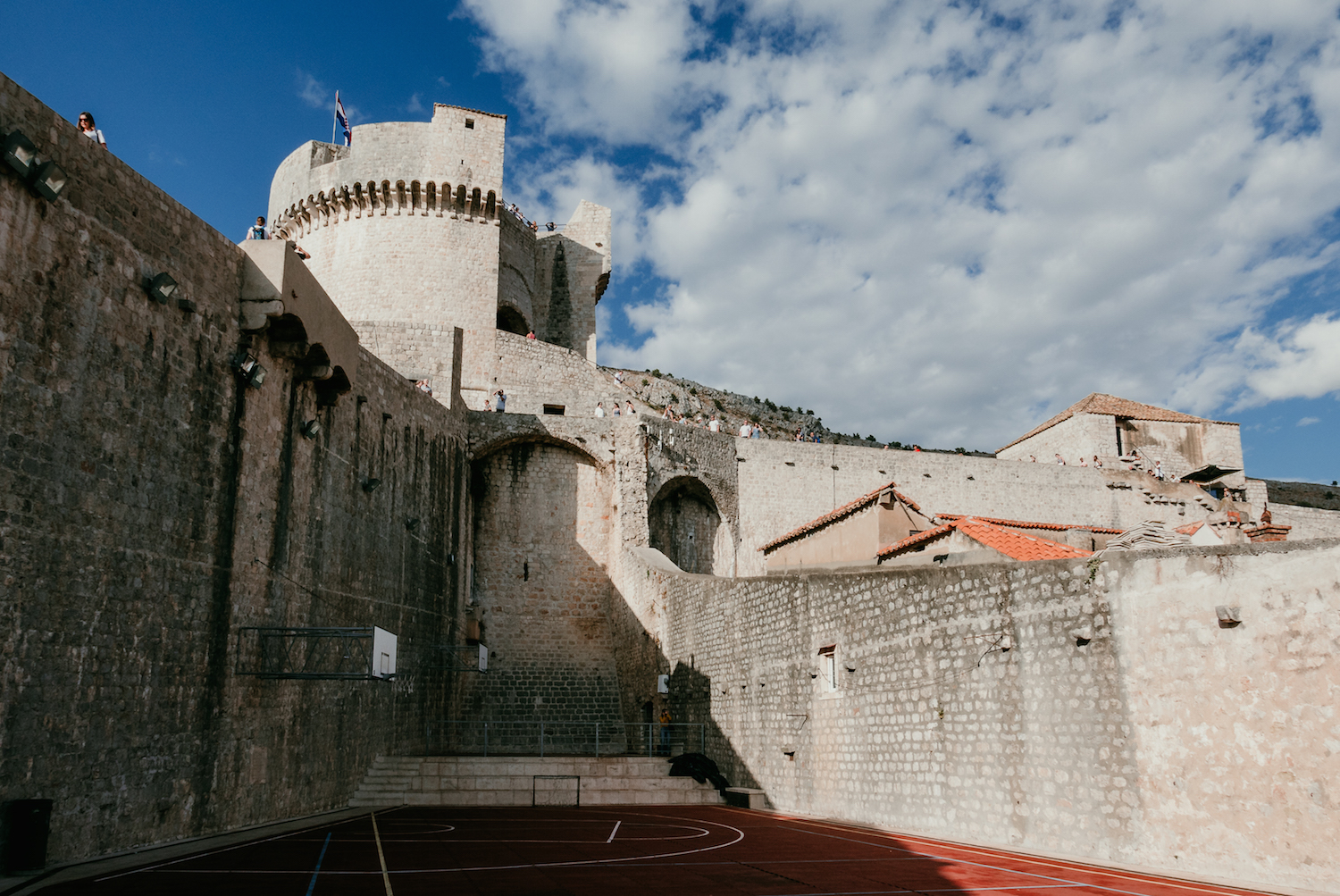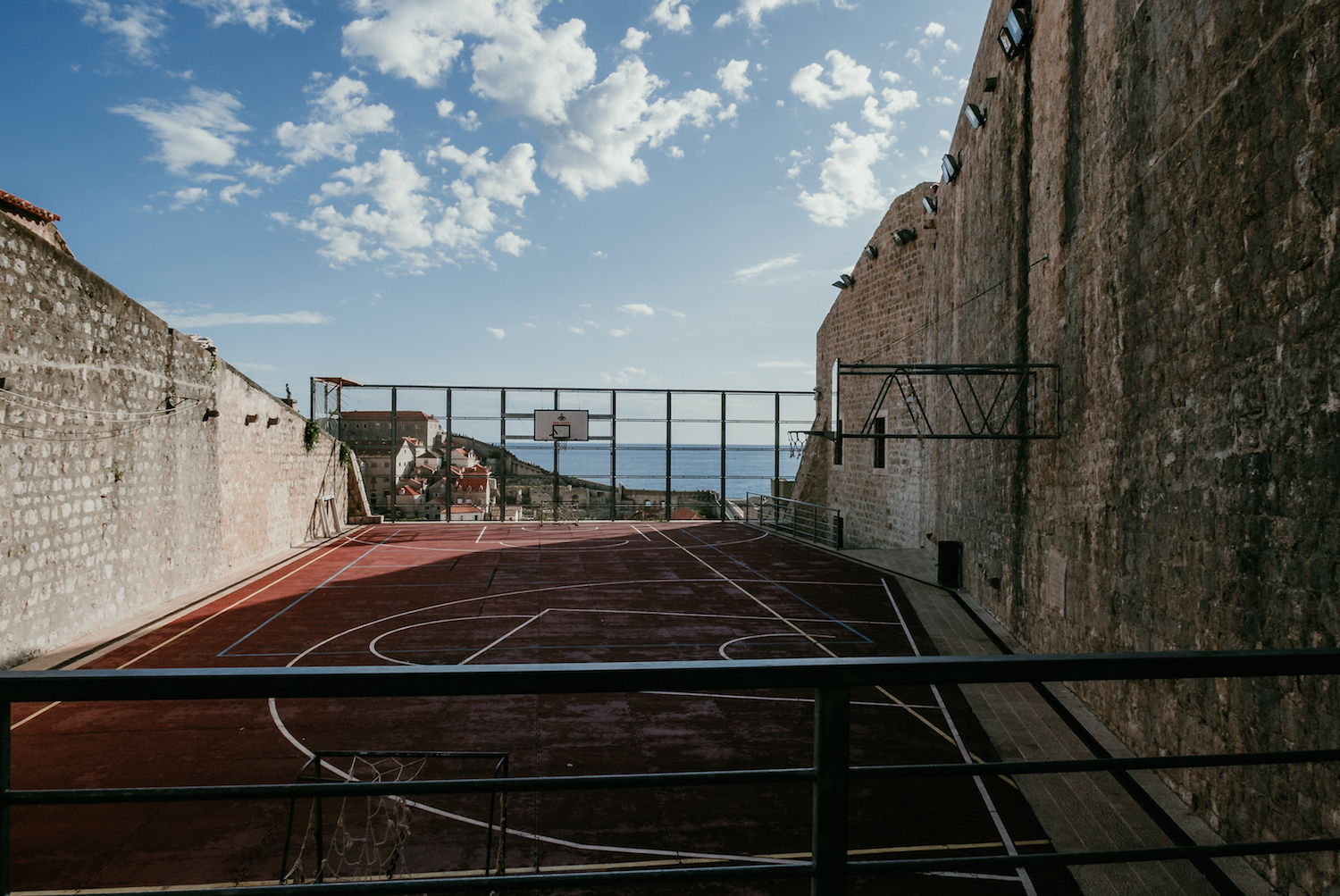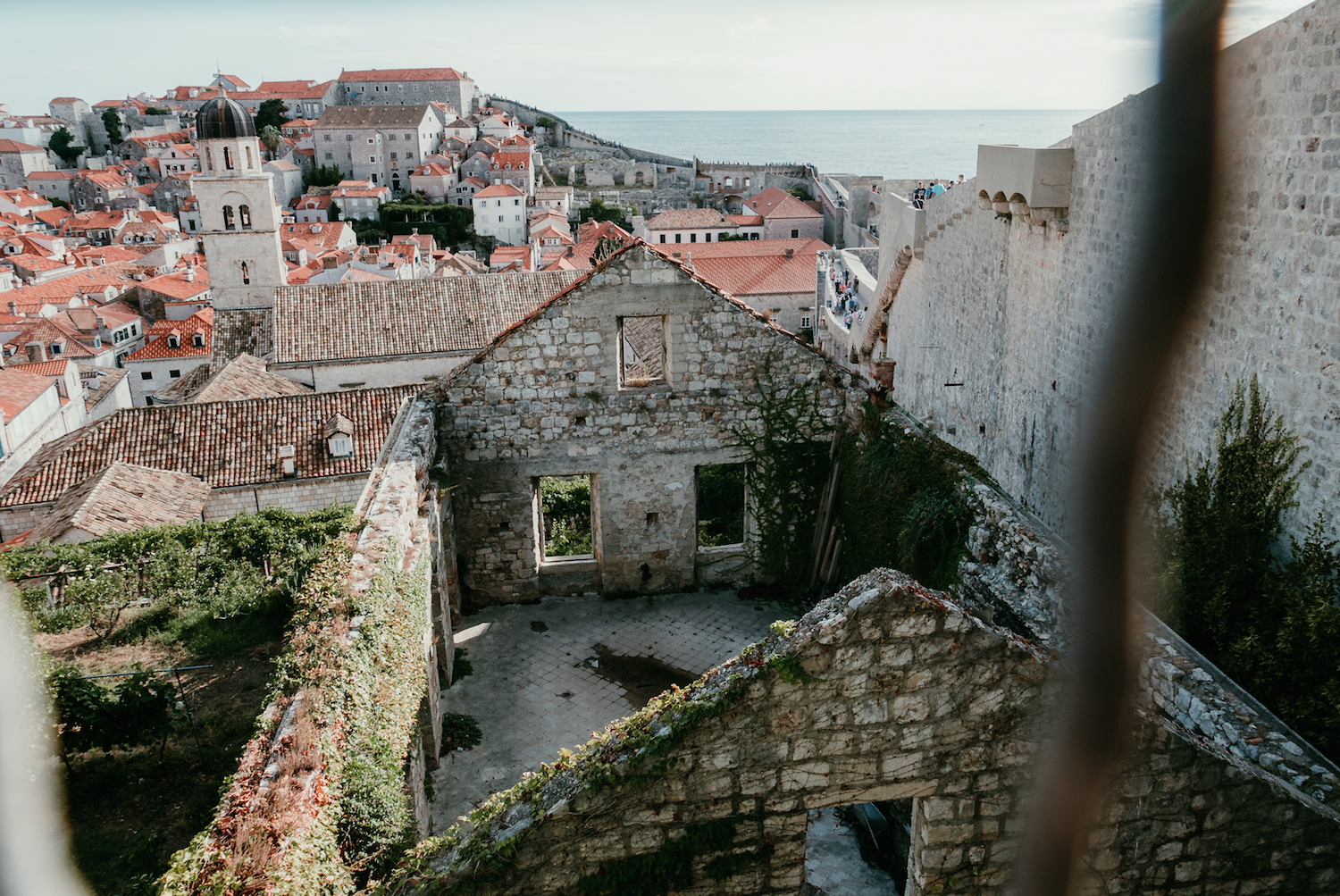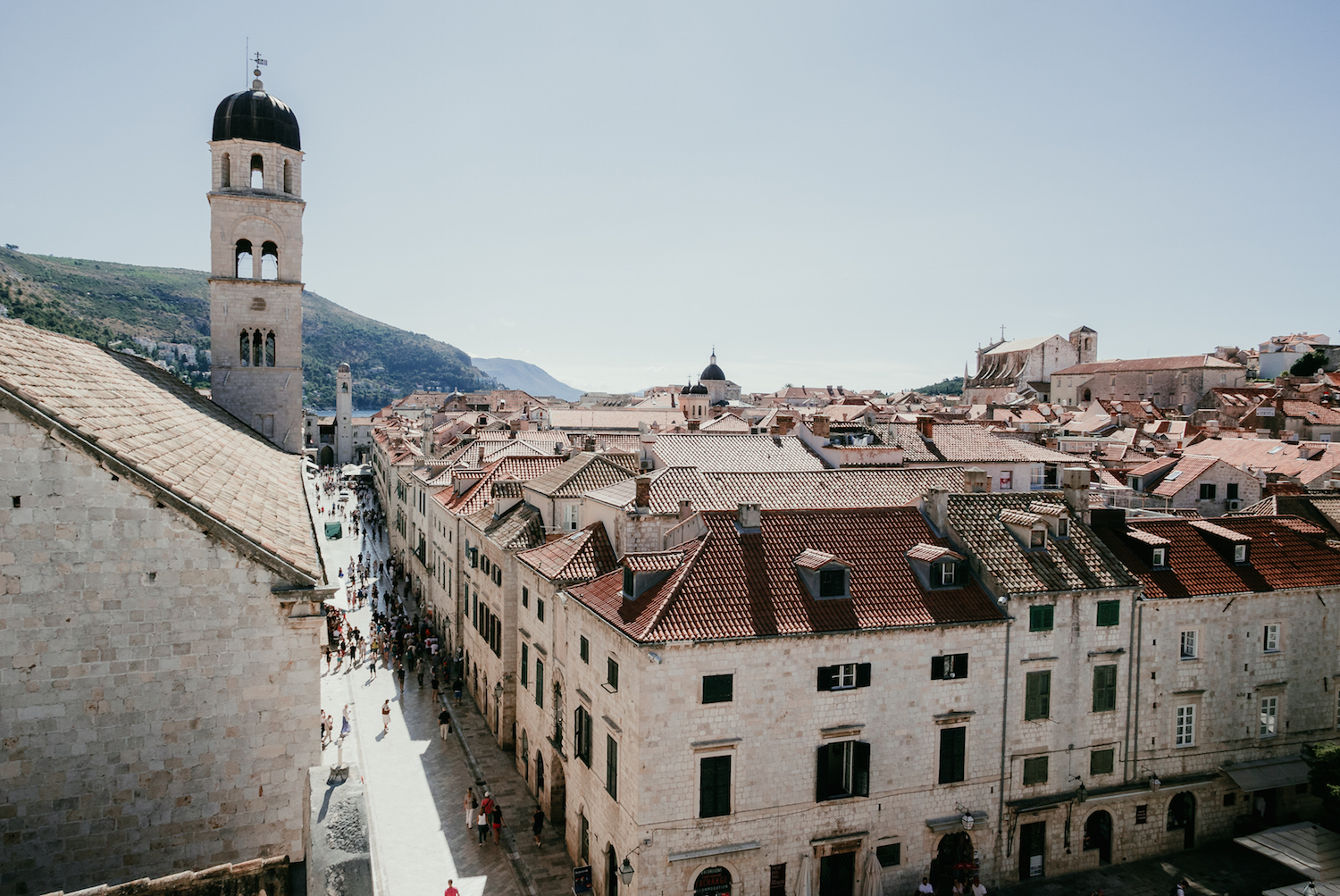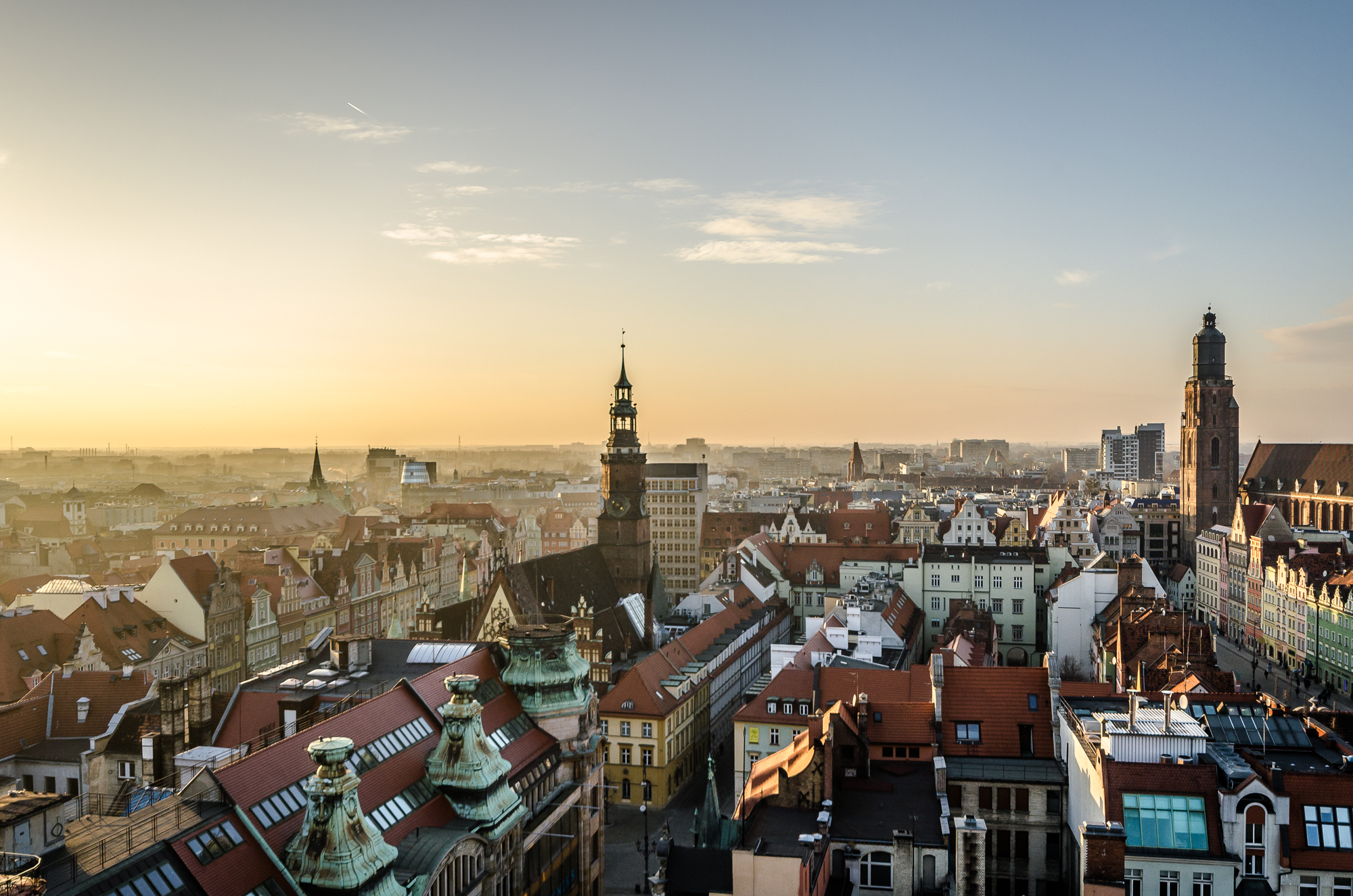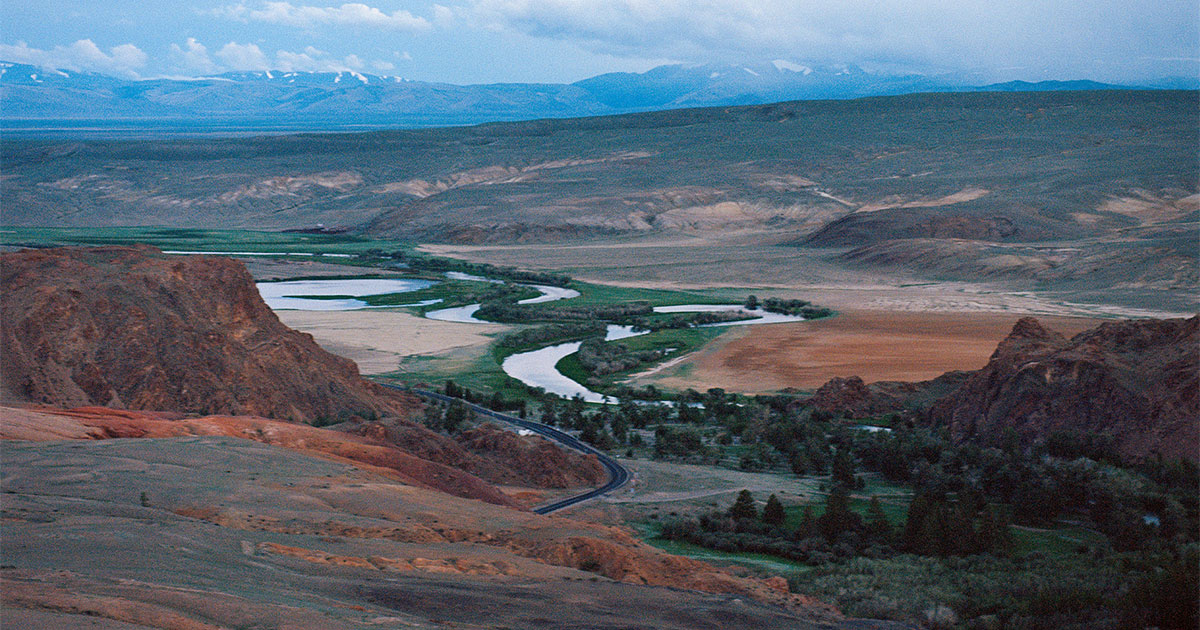Letter from the Ćiro Trail: a breathtaking bike trail along an abandoned railway in the Balkans
The new cycle route connecting Bosnia and Croatia may be scenic, but it is not for the faint-hearted
It was an ambitious undertaking, but we’d later find out that this ambition stemmed mostly from our own ignorance regarding what we were about to take on. This summer we planned to cycle the newly opened Ćiro Trail. The 200km cycle path covers the route of the now defunct Austro-Hungarian railway line, from Mostar in Bosnia and Herzegovina to Dubrovnik on the Croatian coast.
The idea behind the revitalised Ćiro Trail was for this once active railway line — decommissioned in the 1970s and deserted after the Bosnian War — to become central to a new form of tourism. The surrounding areas are undeniably scenic, so it makes sense to generate profit around this stretch of land once again. Despite the injection of EU funds into the area, the trail appears largely untouched, as was evident by the lack of other cyclists we encountered. The website promised an “open-air museum” and from the few articles we found online, the trail seemed to be fit for beginners, thanks to the amount of small children shown happily riding along.
We stopped along the road to take in what we could see of Hutovo Blato, Bosnia and Herzegovina’s vast reserve of marshlands
There were five of us in total. We started our journey in Sarajevo and drove straight to Mostar after being picked up by the two locals who were providing the bicycles for our trip. There was a little time to wander around the charming town of Mostar, walking carefully along the smooth cobblestone streets, worn slick from centuries of foot traffic, and to browse the souvenir shops and stalls along the way to Stari Most. Spanning the Neretva River, the town’s distinct arched bridge was built by the Ottomans in the 16th century, destroyed by Croats during the Croat-Bosniak War, and reconstructed a decade later. Today, members of the local diving club, clad in royal blue speedos, collect money from onlookers until they decide they have gathered enough to warrant diving from the bridge into the Neretva below.
After a quick lunch of burek washed down with cups of thick Bosnian coffee, we were outfitted with our ill-fitting bicycles and started off on the trail. Day one was deceptively enjoyable. The plan was to cycle about 35km from Mostar to Čapljina. The Bosnian and Herzegovinian landscapes offer no relief from the hot afternoon sun. It shines relentlessly. On the way into Čapljina to find our bed for the night, I single-handedly took out a local man attempting to cycle home with a large plastic jug of beer in hand who didn’t see the five of us, surely looking quite alien with our packs and cycling gloves, headed straight for him. Besides a few scrapes and the hangover he’d likely endure the next day, we made sure he was not too worse for wear before we continued on.
Compared to Mostar, Čapljina feels desolate, like some sort of gated community where anyone without a key which opens a door there has no business. Evidently, Čapljina has a town square with a church, a statue and a tower, but following the trail, you see none of this. Our bed for the night was just that, a bed. The hotel itself didn’t have a restaurant so, though we were beat, we had no choice but to hop back on our bicycles and head back out in search of food. Miraculously, we found a small cluster of three restaurants just a short distance down the road. There, we sat at the foot of a mosque, drinking a few too many beers and eating dinner, while the Maghrib sunset prayer wailed through a speaker just above us.
While the stretch of trail from Mostar to Čapljina was mostly paved, the stretch to Ravno, which we planned to cover on our second day, was not so kind. Our group decided to split. Two of us headed for the incessantly steep but paved road while the other three stayed on the more heroic split of the trail within the dense forests further within the mountains on the former train line, where the path is made of loosely packed rocks, not to mention the sheer drops on either side.
The sheer drops coupled with the wind, and the sparse, yet consistent, traffic whizzing around the narrow mountain road, signalled the end for us
At first the ride was pleasant. We stopped along the road to take in what we could see of Hutovo Blato, Bosnia and Herzegovina’s vast reserve of marshlands — and we were not alone. Several cars driving through pulled along the side of the road, with passengers scrambling out of their seats to photograph the green, brown and blue patchwork below. This was only a temporary luxury. The path began climbing uphill. Each time we thought we had crested the last of the mountainous ascent, the sense of relief lasted only seconds before we were forced to accept that we were going uphill once again.
The sheer drops coupled with the wind, and the sparse, yet consistent, traffic whizzing around the narrow mountain road, signalled the end for us. “We aren’t going to make it. We are going to die on the side of a mountain in Herzegovina,” were the thoughts which, silly or not, raced through our heads. After what felt like an eternity of half-heartedly trying to flag any vehicle that went by, we were eventually rescued by a middle-aged man and a teenager who, with nothing more than a roll of duct tape and calm reassurances, strapped our bicycles to the top of their van and took us to Hutovo.
In Hutovo, we found the rest of our group at the only “shop” in town. It sold only water, beer and rakija, and resembled a family’s front yard more than it did a shop. After one unplanned rescue, we weren’t sure how we were going to make it to Ravno, but a call to the hotel we planned to stay at for the night proved that the kindness of strangers we had previously experienced was not a fluke. It seemed to be the norm in this part of the world. This time, seat belts and a men’s leather belt held our bikes inside a van too small to accommodate the unexpected cargo. Pulling up to the Hotel Stanica Ravno, it was as if we had made it to paradise. At the beginning of the 20th century, the building stood along the Dubrovnik-Vienna railway. Now, the former station has been given new life, as a hotel, restaurant and wine cellar which inhabits the former prison space.
To no one’s surprise, the bicycle without spare tube sustained a flat that day. Down one bike, it only made sense that the three who had made it this far should be able to finish the entirety of the trail, so with that in mind, a hefty dose of red wine was in order. And although at that point, any old swill would have done just fine, the wine we had the pleasure of drinking was rich and refined, the people some of the most friendly, welcoming and hospitable I had ever encountered, and the scenery, well, as long as I was planted on solid ground with no sheer drops in sight, quite spectacular.
The final stretch to Dubrovnik was largely uneventful, but as beautiful as the rest of the trip had been, winding through mountainous roads until, at last, the sea became visible below. It’s astonishing that the stretch between Dubrovnik and Mostar was once connected by a train line because these days, both ends of the trail remain in stark contrast of each other. Dubrovnik is teeming with so many tourists it’s hard to imagine anyone actually lives there, and while Mostar is not completely off the tourist track, it feels years behind. Many restaurants are still run by one person, who acts as cook, server and host, and while you’ll see plenty of mass-produced souvenirs in Mostar’s Old Bazar, you’ll find as many interesting handcrafted local goods. In many ways, that’s a huge part of its charm, the feeling that there’s more to come and that the region has yet to complete its transformation.
Text: Dana Juhász Ardell
Image: Dana Juhász Ardell & Ryan Meskill
